I'll admit it, I adore these 8 plants, but their aggressive habits means I no longer grow them – and I urge you to think twice before planting them too
These species out-compete other plants, reduce biodiversity and even change the natural habitat


Bringing our gardens to life, plants, shrubs and trees are the bedrocks of our front and back yards. From structure and form to interest and color, they not only bring us pleasure but also provide habitats and food for the local wildlife.
With so many options available, it can be challenging to decide what to grow. Predominantly chosen for their appearance and growing conditions, some common garden plants, however, have aggressive growth habits and can potentially do more harm than good to our gardens and local environments.
Based on my own decades of gardening experience, and with sage advice from Longwood Gardens' horticultural experts, here are some popular garden species that are, in fact, considered aggressive and invasive plants, to avoid completely, or grow with due care and attention.
8 common garden plants with aggressive growth habits
Often bought on impulse, of which I am also guilty, the lure of a new plant when browsing without researching it first is all too easy. Whether unsuitable for the local climate or US hardiness zone, some plants can spread uncontrollably, outcompete others, alter existing habitats and even cause structural damage.
To get you started, here are eight plants that can be very aggressive and may be more trouble growing than they’re worth. If you are at all unsure, you can always check with your local nursery or Cooperative Extension Service.
Chinese and Japanese wisteria
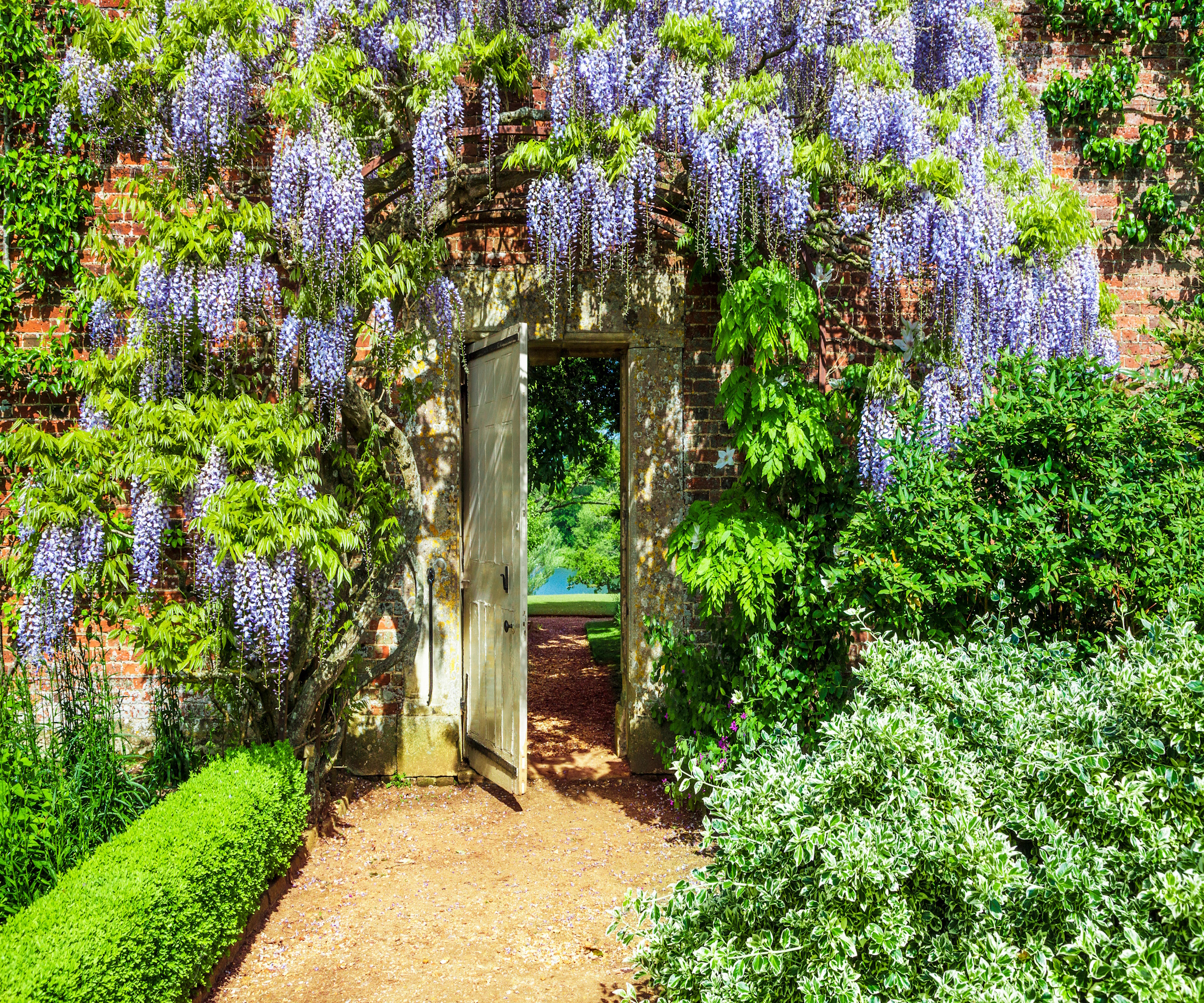
Prized for their scented and stunning hanging racemes of blue, white, pink or purple flowers, Chinese and Japanese wisterias have to be some of the ‘best climbing plants’ available to grow.
Fast-growing woody vines, Wisteria sinensis and Wisteria floribunda, can cover a wall or pergola at an astonishing rate. Considered toxic if ingested and an invasive climber in several states, in a domestic setting, these wisterias have the potential to damage drainpipes, roof tiles and even bring down fences.
Design expertise in your inbox – from inspiring decorating ideas and beautiful celebrity homes to practical gardening advice and shopping round-ups.
Furthermore, if left to their own twining devices, they can displace native vegetation and destroy shrubs and trees.
With resources and time, you can keep their vigorous growth in check through twice-yearly ‘wisteria pruning’. However, if you can’t commit to their high maintenance needs, you may want to choose the less vigorous and native American wisteria, Wisteria frutescens, or a different ‘fast-growing climber’ instead.
Suitable for growing in zones 5 to 9, Amethyst Falls Wisteria Vine is available from Nature Hills.
Mint
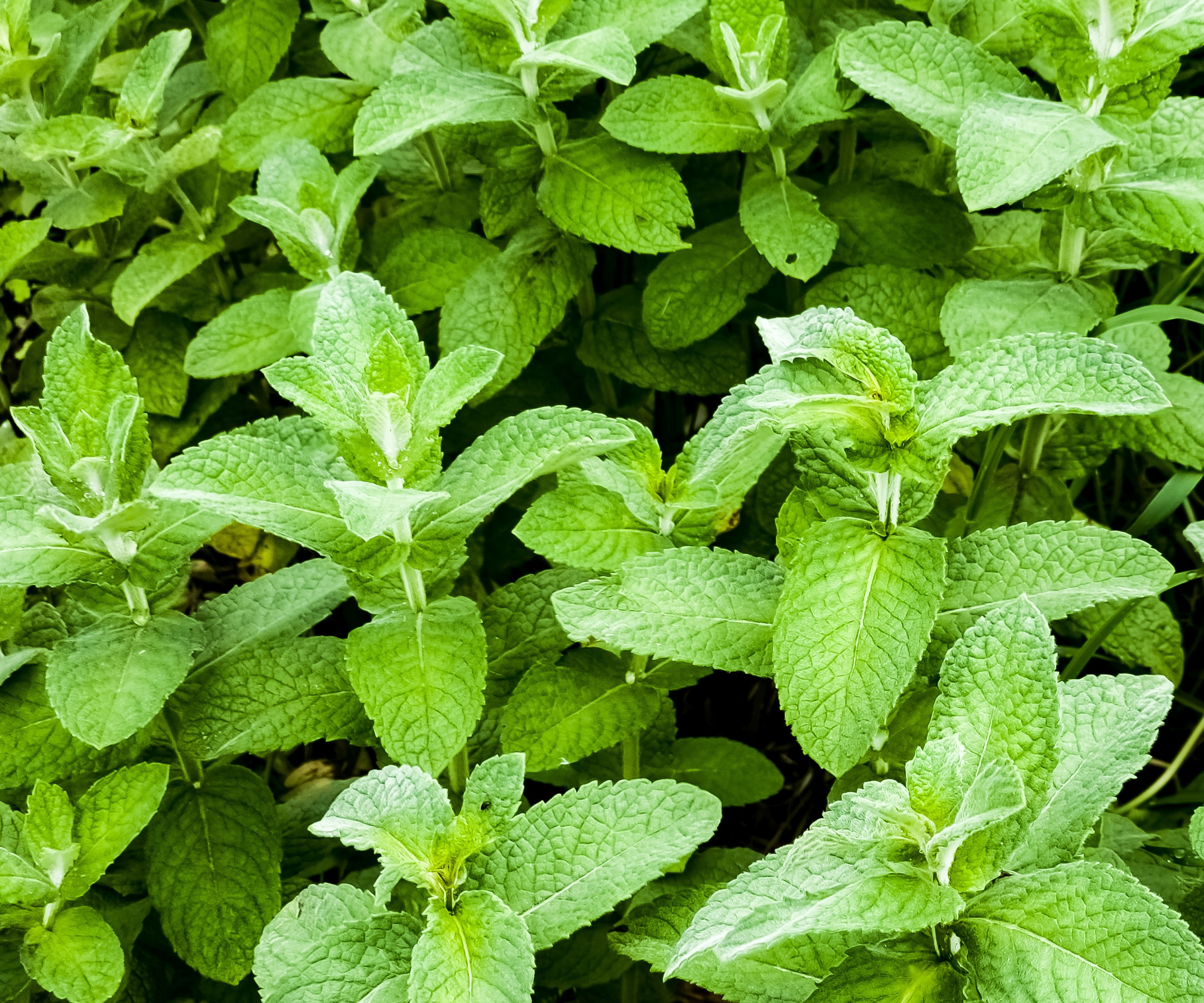
Another popular plant that is considered aggressive and also one of the easiest herbs to grow, is mint. Cultivated for its tea-drinking, culinary and medicinal uses, mint is often one of the first plants that comes to mind when designing a herb garden.
However, from trying to contain an escapee mint in a herbaceous border at a garden I previously managed, I know only too well how, once established, it likes to aggressively spread. Advancing laterally, its creeping rhizomes, if not constrained, will reach far and wide.
As Militca Denee, Horticulturalist at Longwood Gardens, advises, 'when it comes to herb gardening, mints should be planted in containers or, at least, in their own separate bed, otherwise the runners can take over one's garden'.
Thankfully, mint and other ‘herbs are perfect for growing in pots’, giving you not only peace of mind that it won’t take over, but also the ability to place it just outside the back door to pinch a sprig from whenever you need it.
If you want a popular herb suitable for growing in zones 4 to 10 that doesn't spread, you could try cultivating the slower-growing sage, Salvia officinalis, for its uniquely aromatic leaves. You can purchase Robert Grimm Dwarf Culinary Sage from Nature Hills.

Militca Denee is a horticulturist and garden designer at Longwood Gardens, Pennsylvania. She holds a Bachelor of Applied Horticulture and a Minor in Environmental Studies from Kent State University.
Butterfly bush

Ranging in size and color, Buddleia are a commonly-grown ‘flowering shrub’ known for their propensity to attract butterflies and other pollinators.
Frequently grown in ‘wildlife gardens’, Butterfly bushes are rich in nectar and provide food and habitats for small birds.
Unfortunately, due to their prolific seed production, butterfly bushes can colonize nearby areas if not well managed. Thriving on scrubland and even in masonry cracks, where their roots cause even more damage, in the United Kingdom, buddleias now dominate the railway tracks.
If you are keen to encourage pollinators, you can choose from an array of other butterfly garden plants or consider a less vigorous and sterile buddleia cultivar. The seedless Proven Winners® Lo & Behold® Lilac Chip Butterfly Bush is available from Nature Hills.
Bamboo
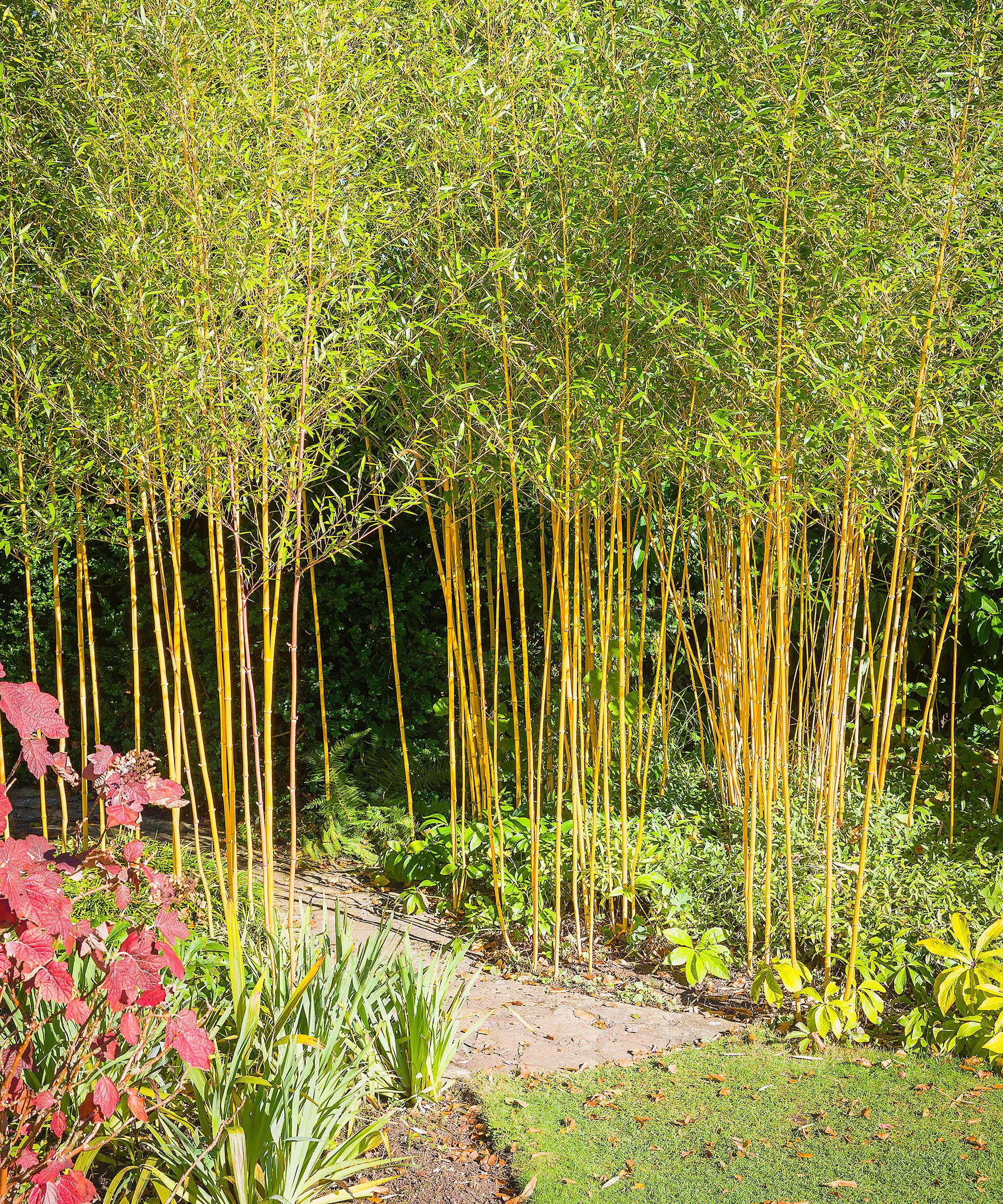
Perfect for creating a jungle theme, the striking canes and contrasting foliage of bamboo are also ideal for adding height and structure to a backyard.
With canes ranging in size and color from golden yellow, to aubergine and even jet black, bamboo not only adds impact but can be of great assistance where privacy and screening is needed.
With clump-forming and running types available, running varieties are the ones to really worry about, but even clumping bamboos have the potential to spread. You can stop bamboo from spreading by using root barriers or containers.
However, if not constrained, its rhizomes have the potential to take over gardens, creep under boundaries and even cause structural damage.
Although less hardy, the scented Star jasmine, Trachelospermum jasminoides, is ideal for providing evergreen screening in zones 8 to 10. Star jasmine is available from Nature Hills.
Japanese anemone
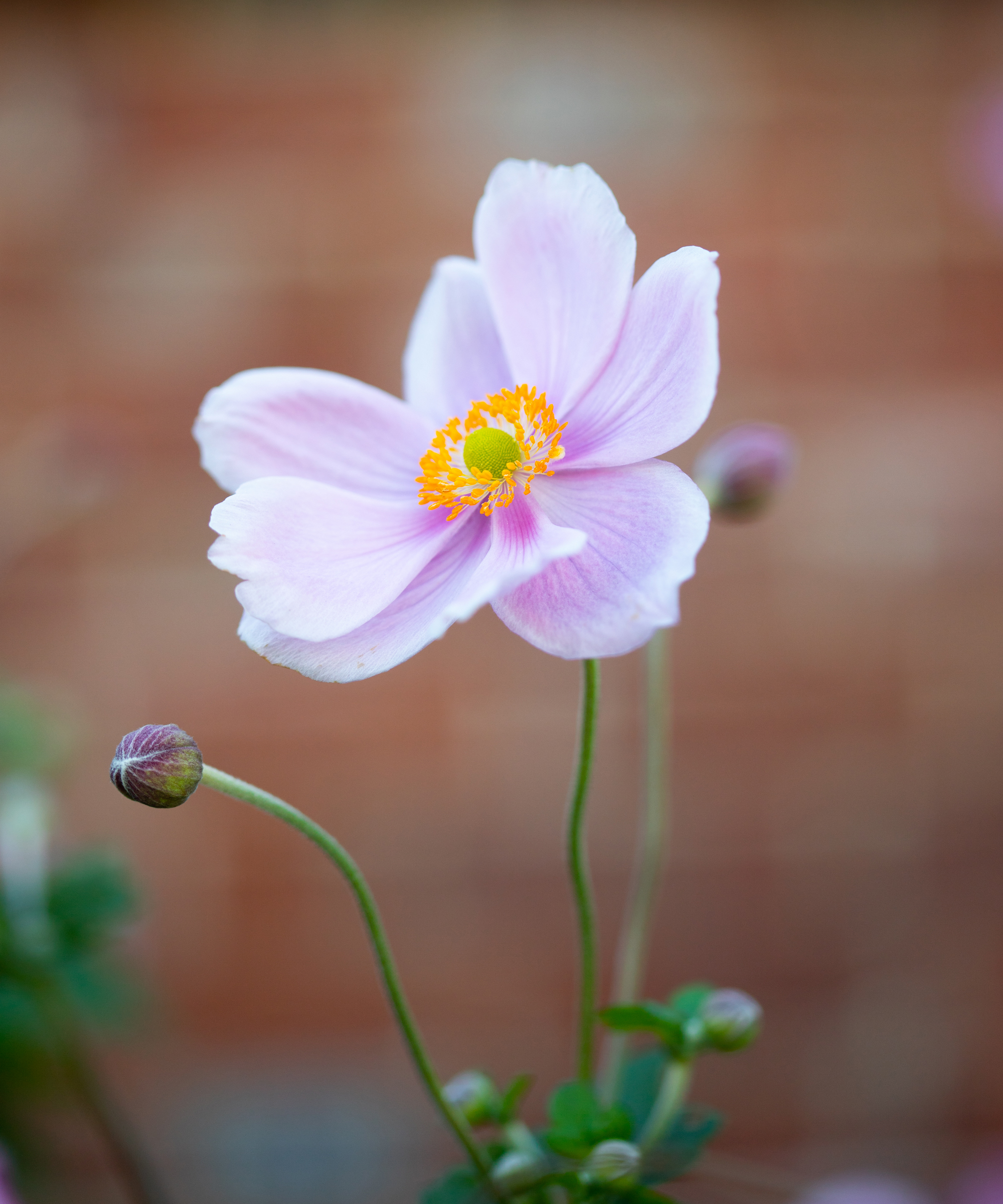
Blooming from late summer into the fall, Japanese anemones, Anemone × hybrida and Anemone hupehensis, are a great option for adding late-season color to a bed or border and a cottage garden favorite. Growing to around 3-5 feet tall, these delicate, clump-forming perennials are available with white, pink, or mauve-purple flowers.
However, they can also put on aggressive growth if not controlled, as Sam Greenberg, Horticulturist at Longwood Gardens, warns, 'Japanese anemones spread via rhizomes and can become difficult to manage, especially in sandy loam soils where they grow most aggressively'.
As a less aggressive alternative, Sam suggests growing ‘Toad lilies (Tricyrtis sp.), a shade-tolerant option with a striking flower that is sure to stop people in their tracks’.
Suitable for growing in US hardiness zones 4 to 9, you can purchase Toad lilies from Burpee.
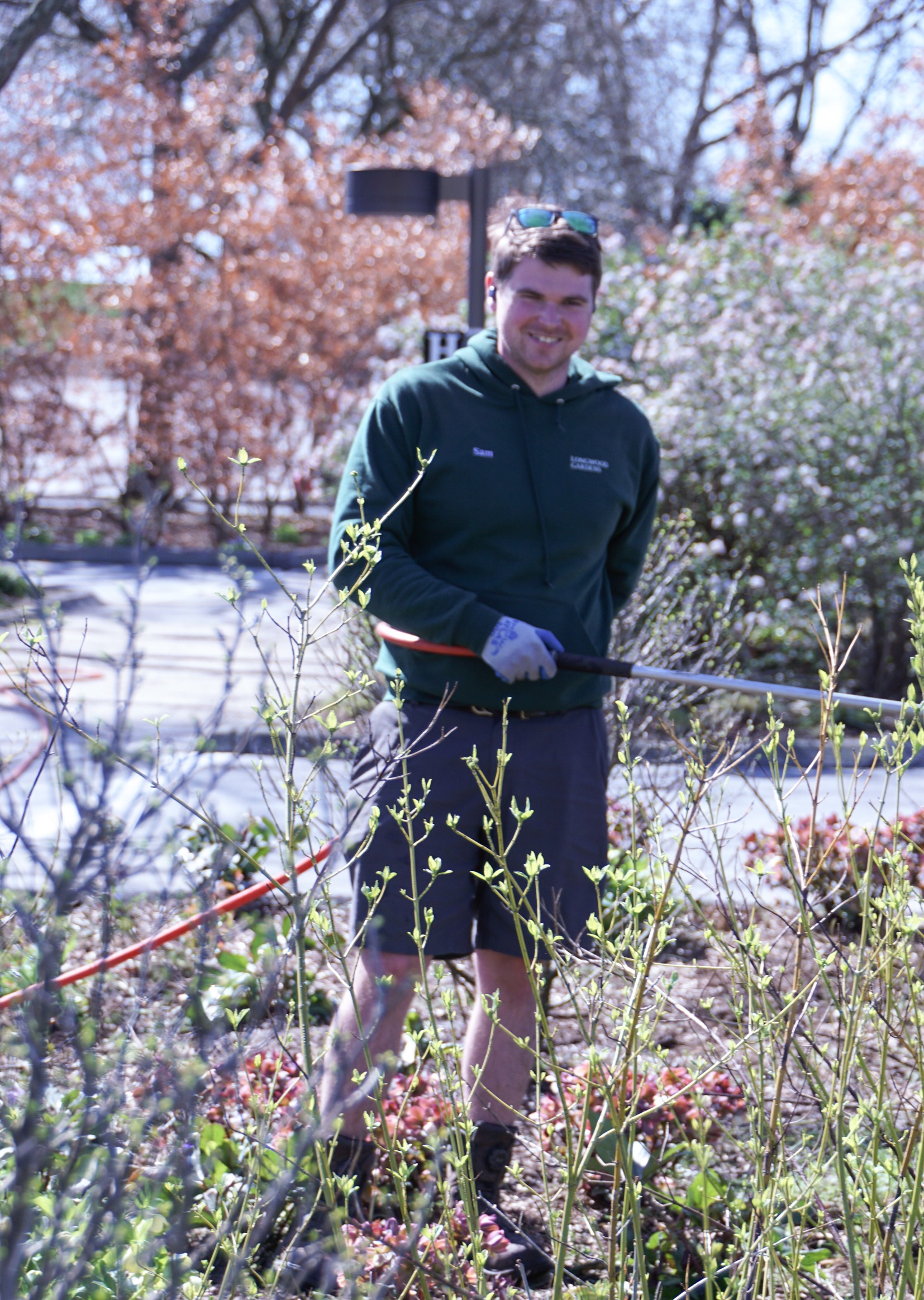
Sam Greenberg is a Horticulturist at Longwood Gardens, Pennsylvania. He holds a degree in biological sciences and horticulture from Virginia Tech.
English ivy
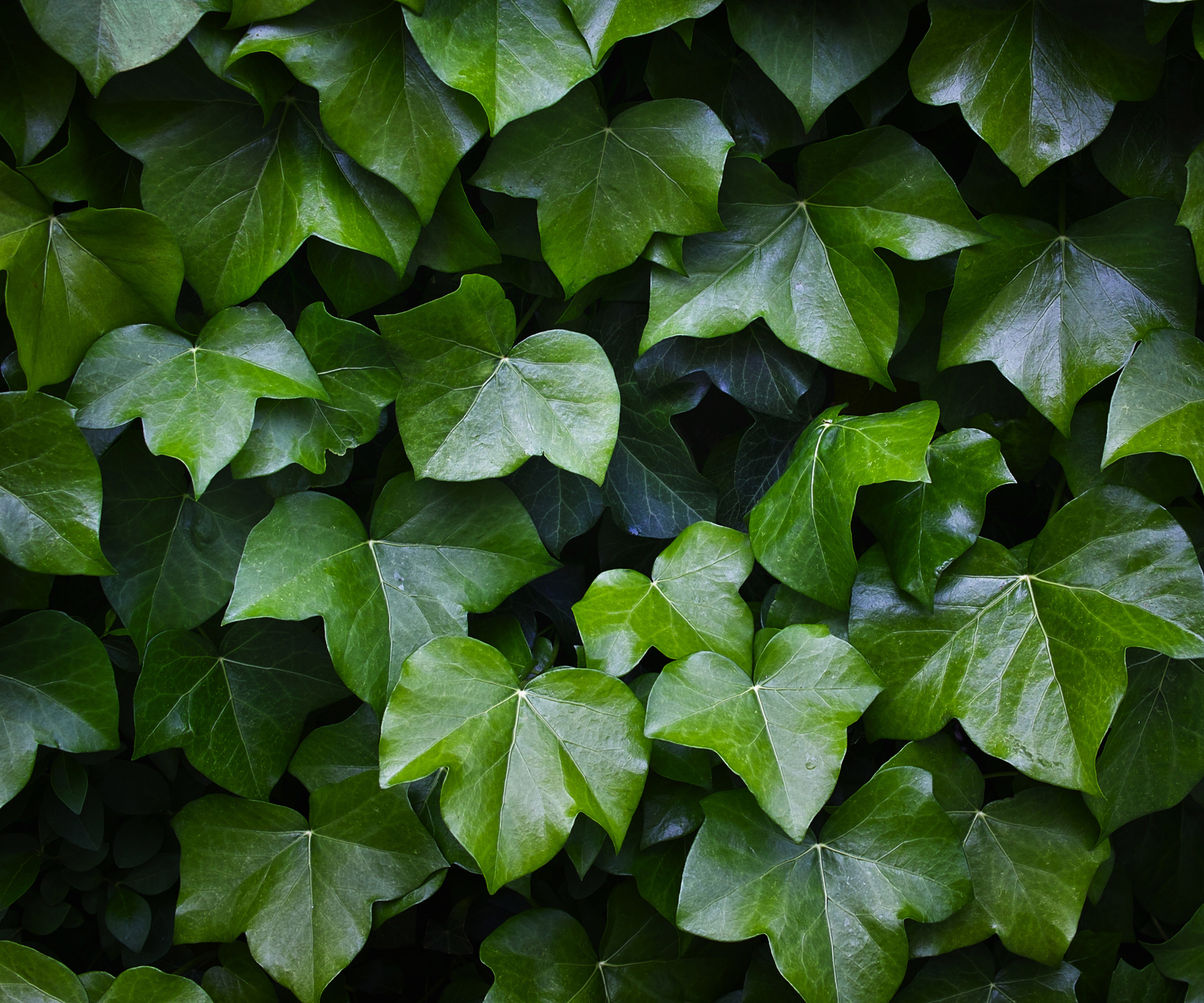
Grown for its attractive foliage and ability to cover anything in its path, English ivy, or Hedera helix is a great option if you are after a shade-loving climbing plant. Providing shelter and nesting sites for song birds, its late-blooming flowers are also an excellent source of nectar and pollen when little else is available.
Although commonly grown for ground cover, English ivy is vigorous and if allowed to escape cultivation, can spread rapidly, outcompeting native plants and be difficult to bring back under control.
Considered invasive in several states, especially the Pacific Northwest, ‘English ivy spreads aggressively, smothering other plants and posing a threat to trees by blocking sunlight and adding weight that can break branches,’ cautions Sam Greenberg.
Instead, Sam suggests that ‘a great native alternative is Allegheny spurge (Pachysandra procumbens), a Southeastern U.S. woodland groundcover with fragrant spring blooms and attractive foliage.’
If you have inherited a new garden where English Ivy has taken ahold, or you want to remove ivy from a fence, it is not impossible, but it is best avoided in the first place.
Instead, for zones 5 to 8, the shade-loving climbing hydrangea, available from Nature Hills, is a great alternative.
Bear's breeches
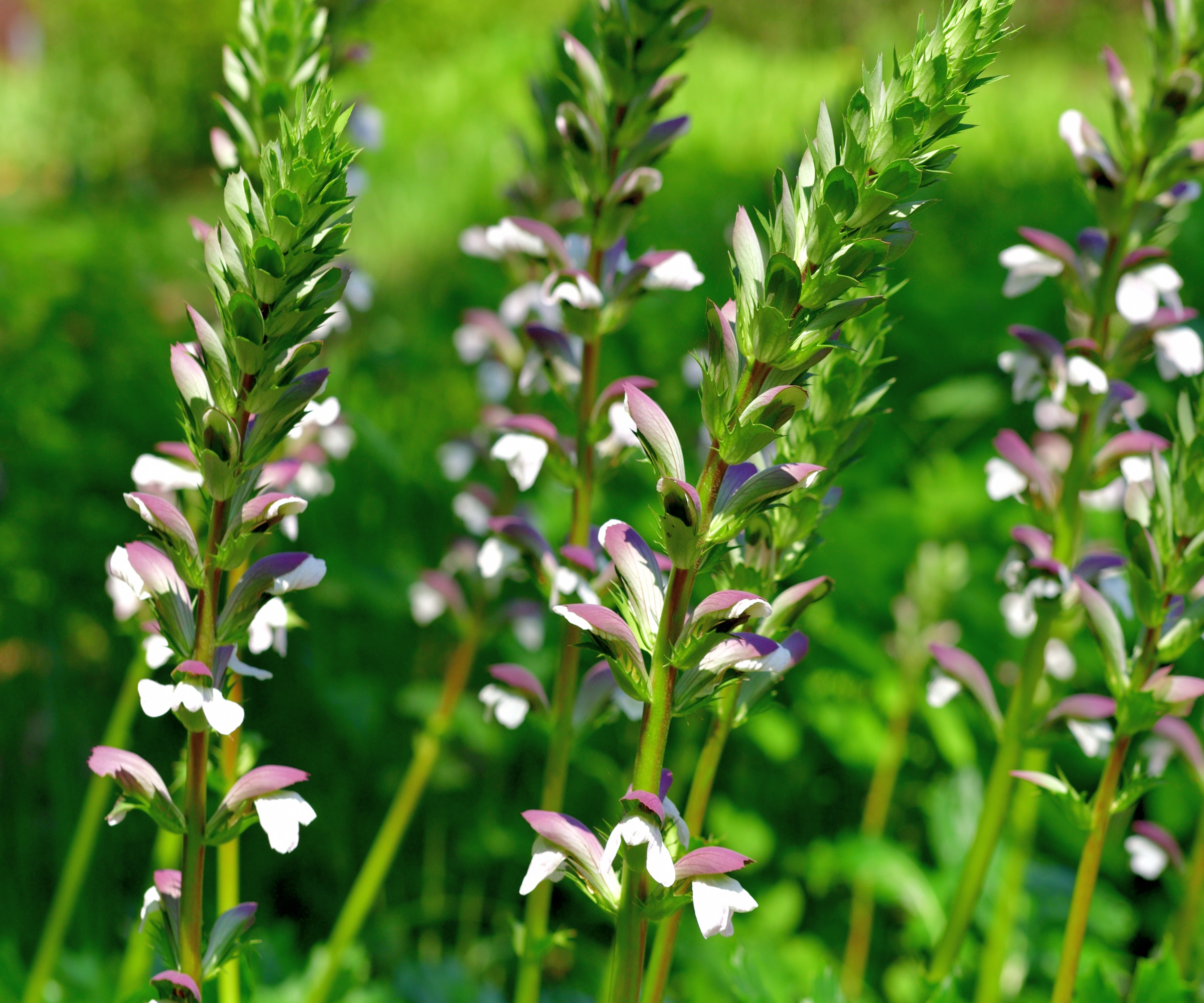
Another common garden plant with an aggressive growth habit is Acanthus mollis, or Bear’s breeches. A tall perennial plant, Bear’s breeches grows to around 5 feet tall and produces stems of dark, glossy green foliage and purple and white flowers in late summer.
A vigorous perennial, Acanthus mollis, develops deep tap roots over time, so much so that getting rid of it can be an issue. Regrowing from any small root fragments left in the soil, eradicating it entirely is not an easy task.
That, along with its propensity to form dense clumps, can lead to other plants being swamped and eliminated and its classification as an invasive plant in certain states.
If you need a tall perennial to shield a seating area or provide height at the back of a border, the lofty hollyhock may be a more suitable alternative.
Suitable for growing in zones 3 to 8, hollyhocks are available from Burpee.
Privet

Considered an invasive hedge plant to avoid, privet is still widely used for boundaries, screening and privacy due to its dense evergreen foliage.
With two of the worst offenders being Common privet, Ligustrum vulgare and Chinese privet, Ligustrum sinense, they are classed as invasive in many states.
'The small ripened berries are easily spread by birds, which makes for great reproduction, but also a quick and easy way for those plants to spread well beyond one's planted yard,' says Militca Denee.
If you do grow these shrubs, regular privet pruning is required, as it is 'known for its dense growth habit, which shades out most other plants as it spreads', says Militca.
A slower-growing option that is still evergreen but easier to manage is yew or Taxus. Suitable for growing down to zone 4, you can purchase Hicks Yew from Planting Tree.
If this list of popular invasive garden plants wasn’t enough, some flowering bulbs can also naturalize more than you want, become the dominant species and even displace other native plants. You can learn more about invasive bulbs never to plant here in our expert’s specialist feature.

Edward Bowring is a horticultural therapist and writer with a passion for gardening and the health benefits that it has to offer. With a background in occupational therapy, Edward worked within health care settings where he witnessed first-hand the healing power of gardening and has managed and run therapeutic kitchen and community gardens ever since.